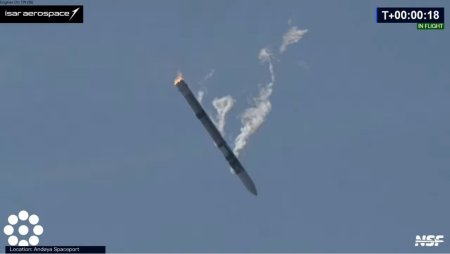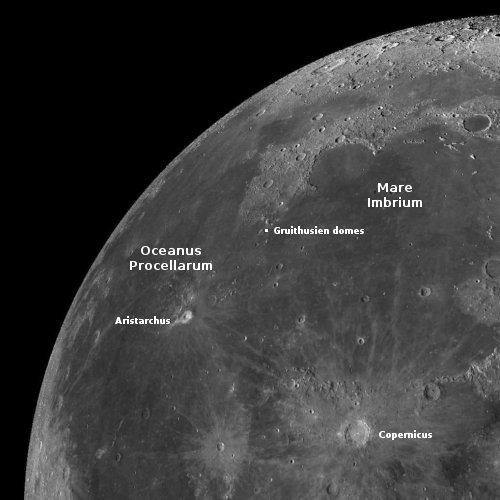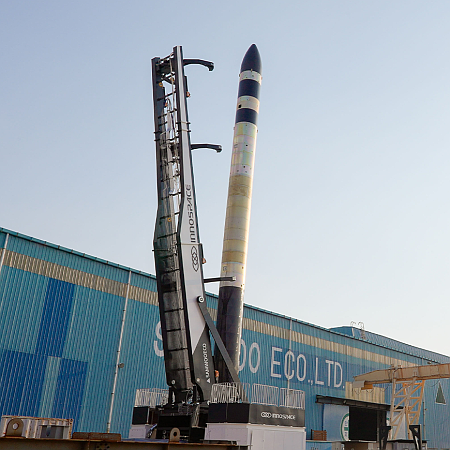Engineers use simulated moon dust to make glass
Engineers have successfully manufactured glass using simulated moon dust, and found this “moonglass” works better than Earth glass in solar panels.
To test the idea, the researchers melted a substance designed to simulate Moon dust into moonglass and used it to build a new kind of solar cell. They crafted the cells by pairing moonglass with perovskite—a class of crystals that are cheaper, easier to make, and very efficient in turning sunlight into electricity. For every gram of material sent to space, the new panels produced up to 100 times more energy than traditional solar panels.
…When the team zapped the solar cells with space-grade radiation, the moonglass versions outperformed the Earth-made ones. Standard glass slowly browns in space, blocking sunlight and reducing efficiency. But moonglass has a natural brown tint from impurities in the Moon dust, which stabilizes the glass, prevents it from further darkening, and makes the cells more resistant to radiation.
Though encouraging, they are many unknowns that could become show stoppers. For one, this research was all done in Earth gravity. In the Moon’s 1/6th gravity the results might be very different. For another, all they have done is demonstrate a way to make glass using Moon dust. That is a far cry from building solar panels, as implied by the press release.
Nonetheless, the results demonstrate one more way in which a lunar base can eventually become self-sufficient, the inevitable goal.
Engineers have successfully manufactured glass using simulated moon dust, and found this “moonglass” works better than Earth glass in solar panels.
To test the idea, the researchers melted a substance designed to simulate Moon dust into moonglass and used it to build a new kind of solar cell. They crafted the cells by pairing moonglass with perovskite—a class of crystals that are cheaper, easier to make, and very efficient in turning sunlight into electricity. For every gram of material sent to space, the new panels produced up to 100 times more energy than traditional solar panels.
…When the team zapped the solar cells with space-grade radiation, the moonglass versions outperformed the Earth-made ones. Standard glass slowly browns in space, blocking sunlight and reducing efficiency. But moonglass has a natural brown tint from impurities in the Moon dust, which stabilizes the glass, prevents it from further darkening, and makes the cells more resistant to radiation.
Though encouraging, they are many unknowns that could become show stoppers. For one, this research was all done in Earth gravity. In the Moon’s 1/6th gravity the results might be very different. For another, all they have done is demonstrate a way to make glass using Moon dust. That is a far cry from building solar panels, as implied by the press release.
Nonetheless, the results demonstrate one more way in which a lunar base can eventually become self-sufficient, the inevitable goal.










